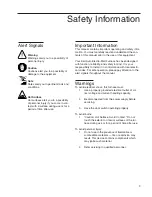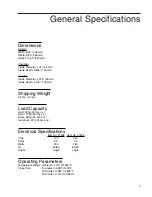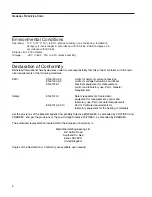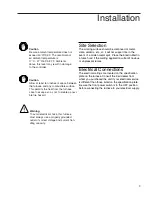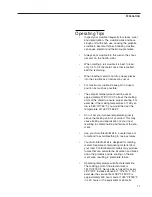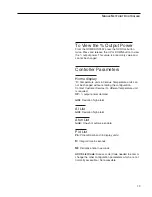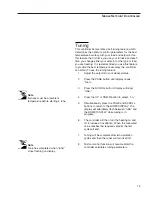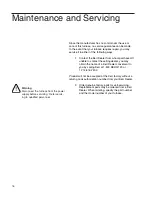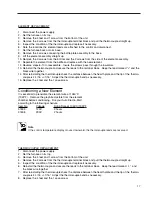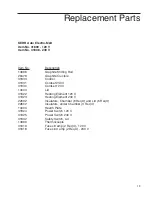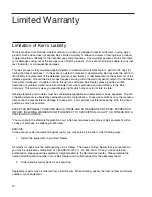
11
O
PERATION
Operating Tips
•
Inspect your crucible frequently for cracks, wear
and deterioration. The crucible walls and base
sloughs off with each use, causing the graphite
crucible to become thinner. A leaking crucible
can cause element and thermocouple failure.
•
Always seat crucible into the well so the shoul-
der sets on the hearth collar.
•
When melting a full crucible it is best to load
only 1/4 to 1/2 the metal; once that is melted,
add the remaining.
•
When loading metal do not drop heavy pieces
into the crucible as a fracture may occur.
•
For maximum crucible life keep lid in closed
position as much as possible.
•
The setpoint temperature should be set at
approximately 37.8°C/100°F above the melting
point of the metal to ensure proper pouring: For
example, if the melting temperature of 14K yel-
low is 963°C/1765°F, you would then set the
temperature at 1020°C/1865°F.
•
Do not set your furnace temperature grossly
above the melting point of your load. This may
cause boiling and vaporization of your load,
resulting in contamination and failure of the ele-
ment.
•
Use your Auto Electro-Melt in a vented area or
fumehood to avoid breathing in noxious fumes.
•
Your Auto Electro-Melt is designed for melting
metals. Separate contaminating material from
your load. Contaminated materials may produce
fumes that can saturate the insulation and break
down the protective oxide coating on the ele-
ment wire, resulting in premature failure.
•
Operating temperature will affect element life.
The melting point of the element wire is
1510°C/2750°F. Service life is halved for every
28°C/50°F increase above 871°C/1600°F. For
example, the service life at 982°C/1800°F is
approximately 500 hours and at 1093°C/2000°F
it is 30 hours or the equivalent of 60 melts.
Summary of Contents for 1258 Series
Page 18: ...18 Exploded View...



